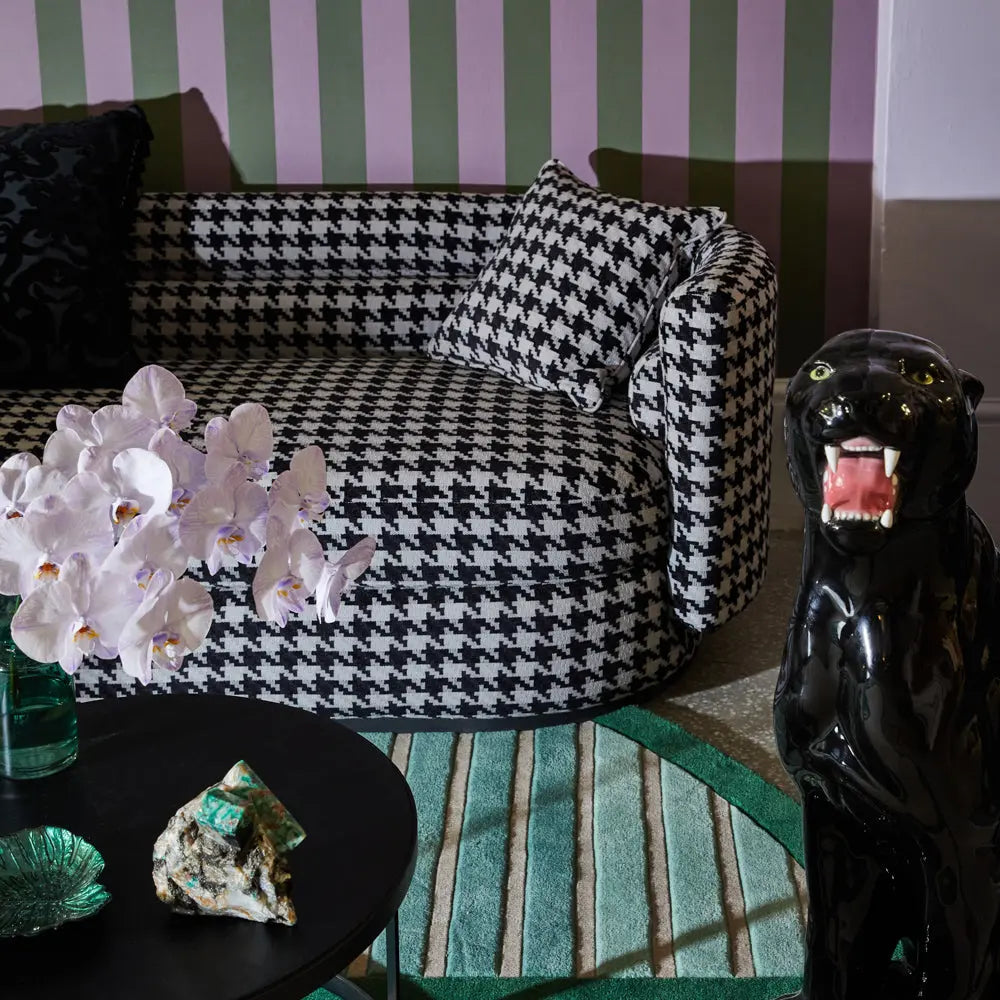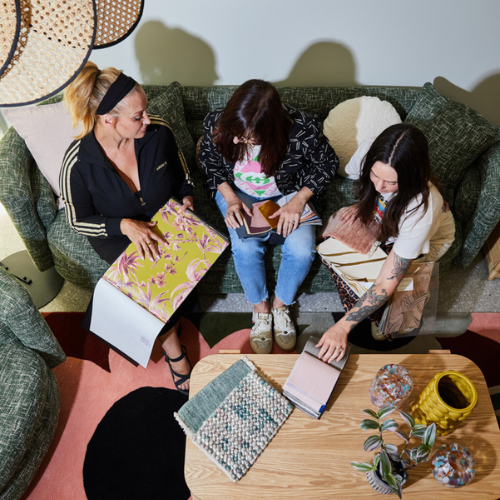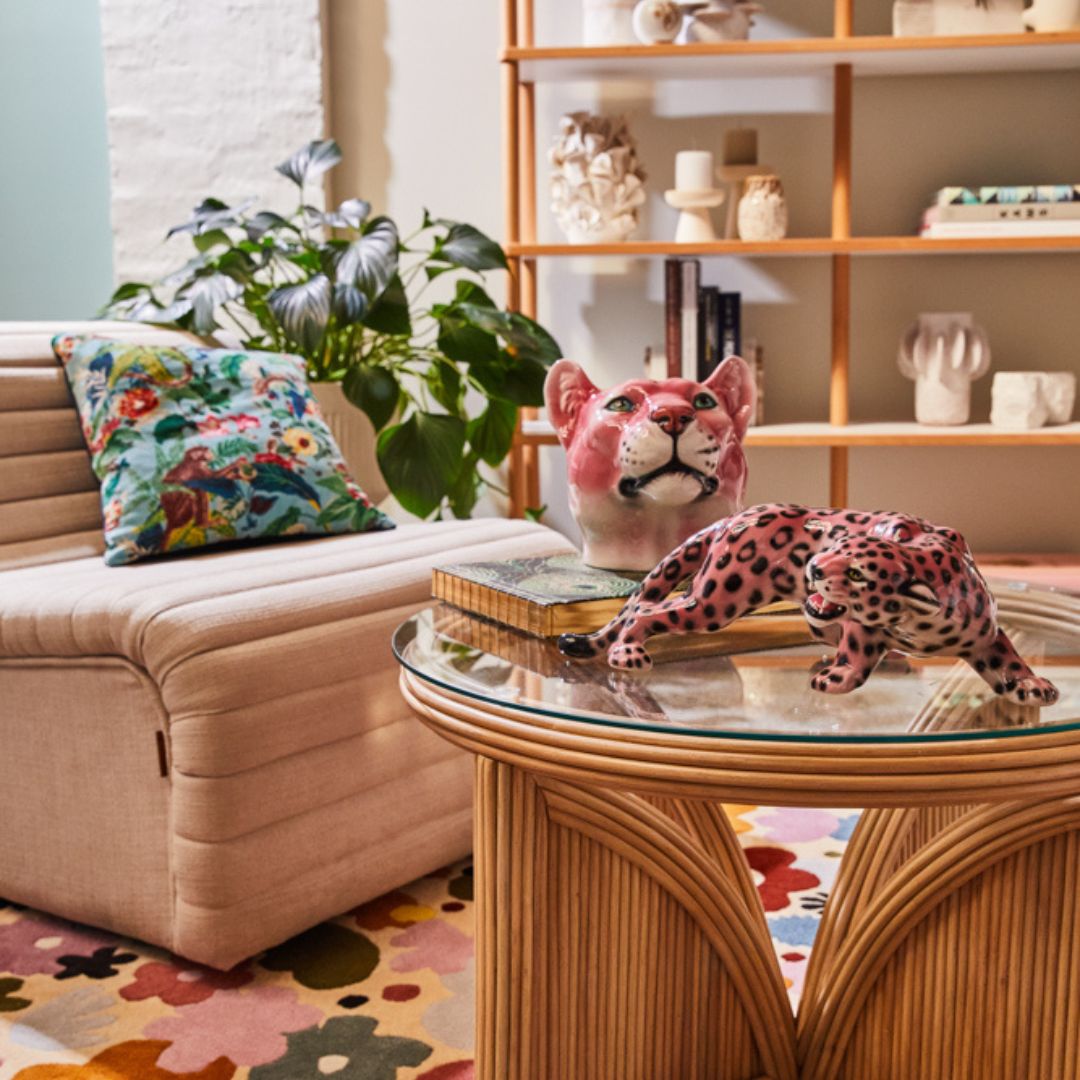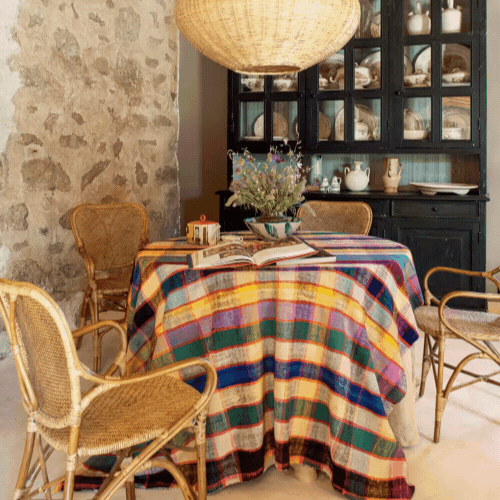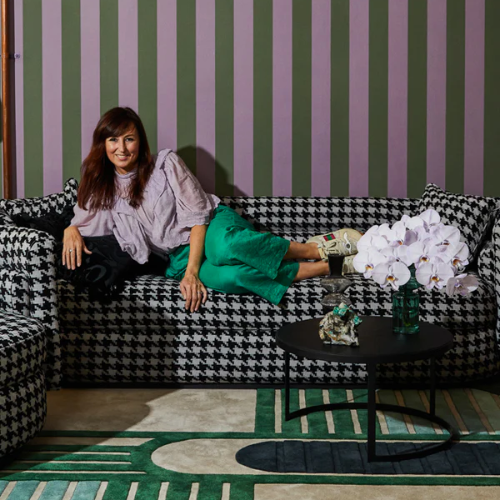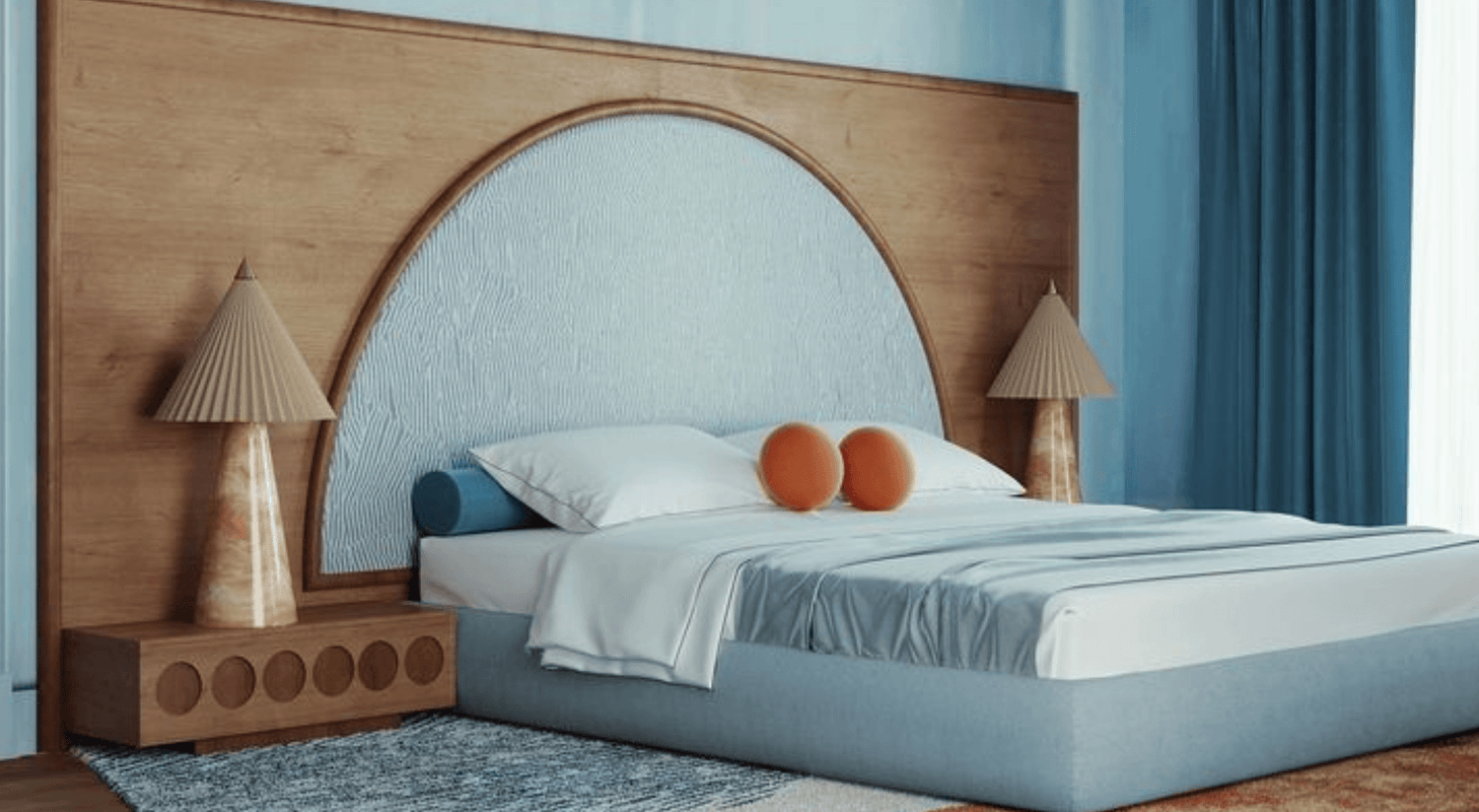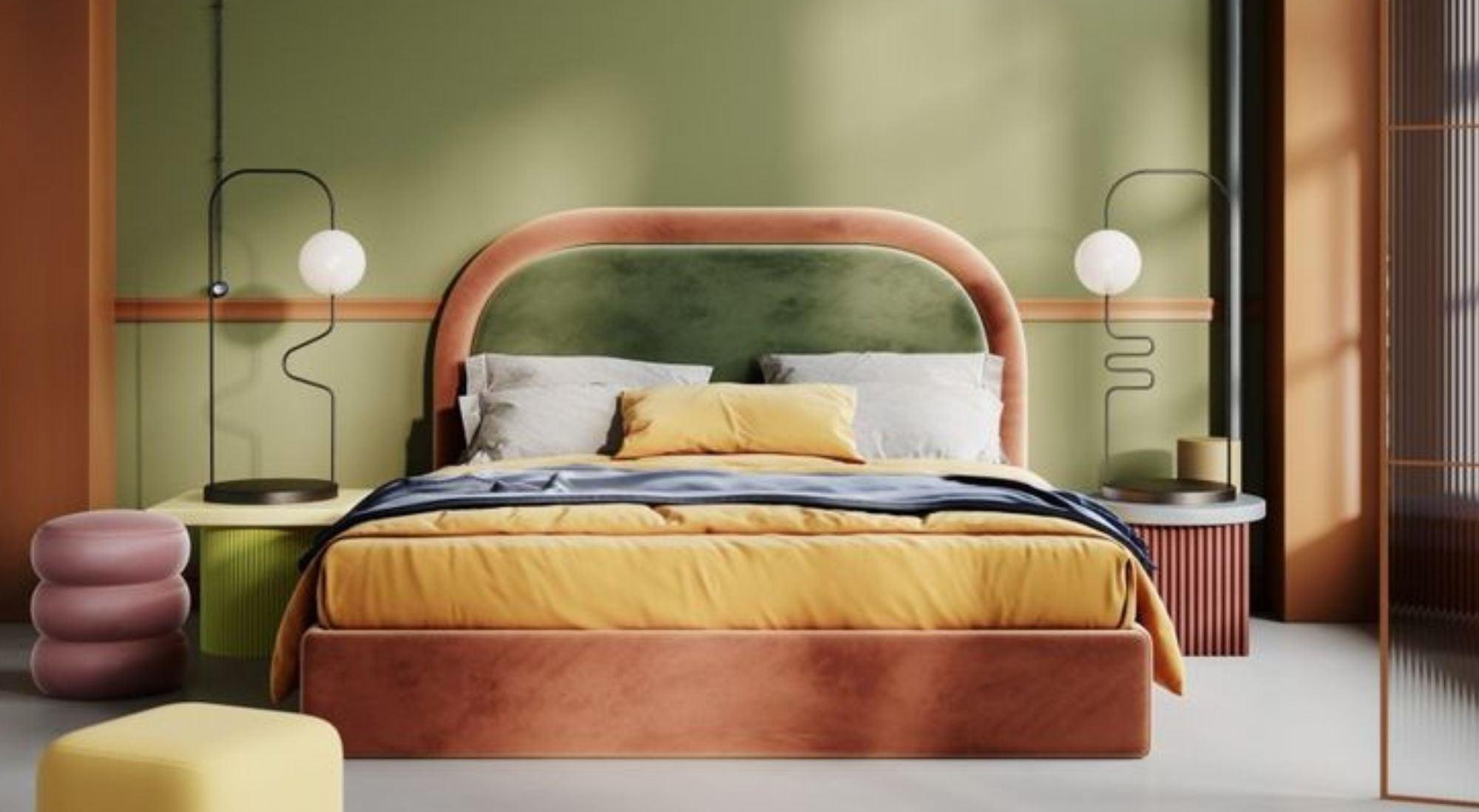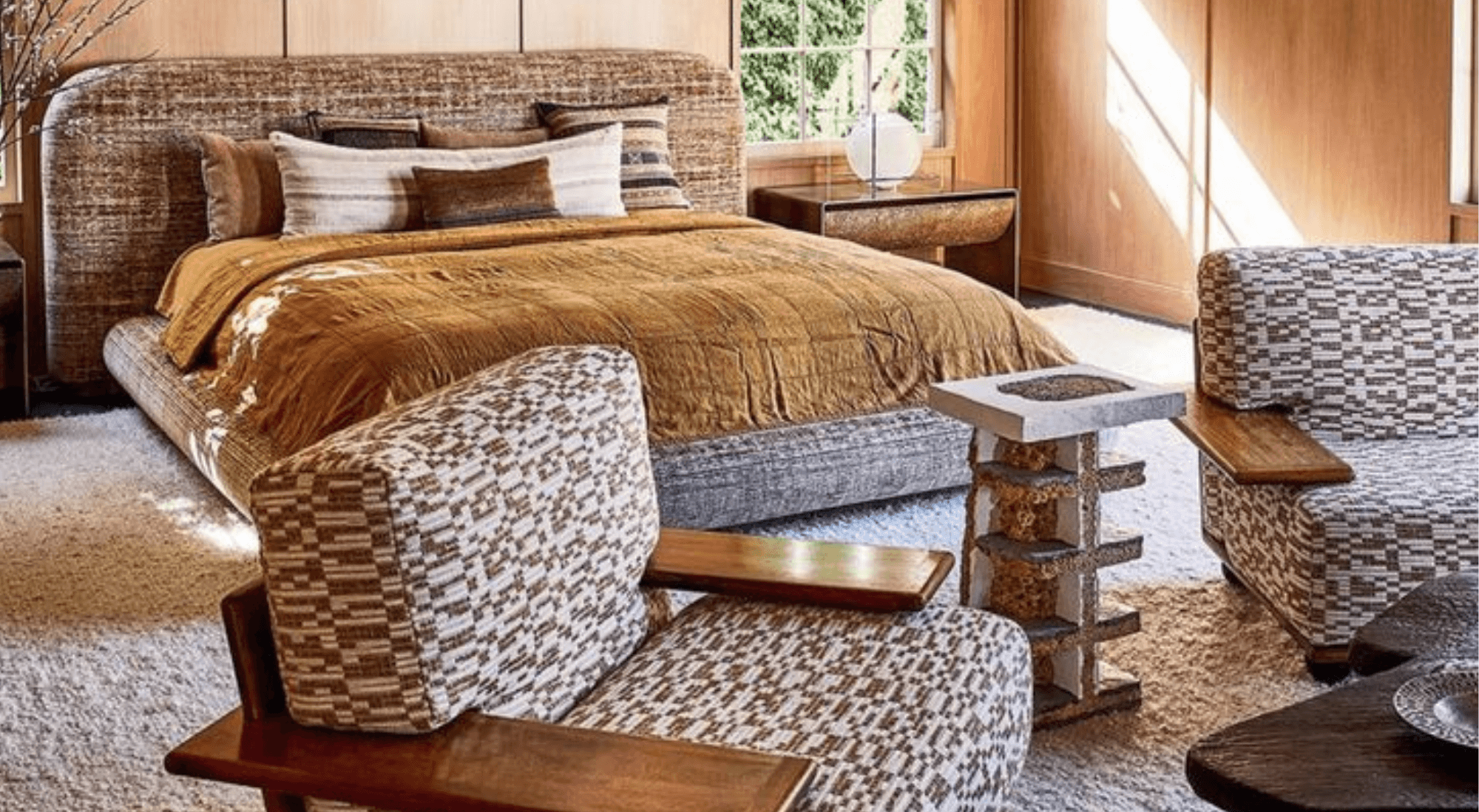When it comes to creating a harmonious living space, the impact of color cannot be overstated.
Color plays a crucial role in our lives, influencing our emotions, moods, and overall well-being. In our style journal this week, we will explore the fascinating world of color psychology for interiors, delving into how to effectively incorporate colors into your home and harness their positive effects on your mood.

Color psychology is the study of how different hues can evoke emotional and psychological responses in individuals. Each color carries its unique symbolism and can affect us both physically and emotionally. By understanding these associations, we can strategically use color to enhance our homes and create spaces that promote positivity, relaxation, and productivity.
Using Color in Your Home
Calming Colours
Soft blues, serene greens, and gentle neutrals such as beige and off-white are known for their calming effect on the mind and body. These colors are perfect for bedrooms and living rooms, promoting tranquility and restful sleep. Incorporate these shades through wall paint, furniture, or decor items like curtains, rugs, and cushions.


Energizing Colors
Vibrant yellows, fiery oranges, and invigorating reds are considered energizing and stimulating. These hues work well in spaces where you want to encourage activity and social interaction, such as kitchens, dining areas, or home offices. Use these colors as accent walls, statement furniture pieces, or decorative accessories.


Uplifting Colors
Cheerful yellows, fresh greens, and warm pinks have the power to uplift our spirits and create a sense of happiness. Consider incorporating these colors in areas where you spend your mornings, like breakfast nooks or bathrooms. Additionally, you can use pops of these hues through artwork, throw pillows, or bedding.

Soothing Colours
Soft purples, muted grays, and earthy browns are known for their soothing and grounding qualities. These colors work well in spaces intended for relaxation, such as reading nooks, meditation corners, or bathrooms. Consider adding these shades through wall paint, textiles, or natural materials like wood or stone.

Enhancing Mood through Interior Design
Balance and Harmony
To achieve a balanced and harmonious color scheme, consider the 60-30-10 rule. Allocate 60% of the room's color to a dominant hue (e.g., walls), 30% to a secondary color (e.g., furniture), and 10% to an accent color (e.g., accessories). This approach ensures a visually appealing space that doesn't overwhelm the senses.

 Natural Light
Natural Light
Consider the amount of natural light in each room when selecting colors. Rooms with ample sunlight can handle bolder and darker shades, while rooms with limited natural light may benefit from lighter hues to create a more spacious and airy ambiance.

Cohesion
Maintain a cohesive color palette throughout your home to establish a sense of flow and unity. Choose a few core colors and variations of those colors to tie different rooms together, creating a seamless transition from one space to another.

Experimentation
Don't be afraid to experiment with colors! Have fun and let your personality shine through your home design choices. Test different color combinations, play with textures, and embrace your creativity to create a space that truly reflects who you are.

Color psychology is a powerful tool for transforming your living environment into a haven that supports your emotional well-being and enhances your mood. By understanding the psychological effects of color and implementing it strategically through interior design, you can create a home that not only looks aesthetically pleasing but also positively impacts your overall happiness and productivity. So go ahead, unleash your inner designer, and let the colors of your home speak volumes about who you are.

